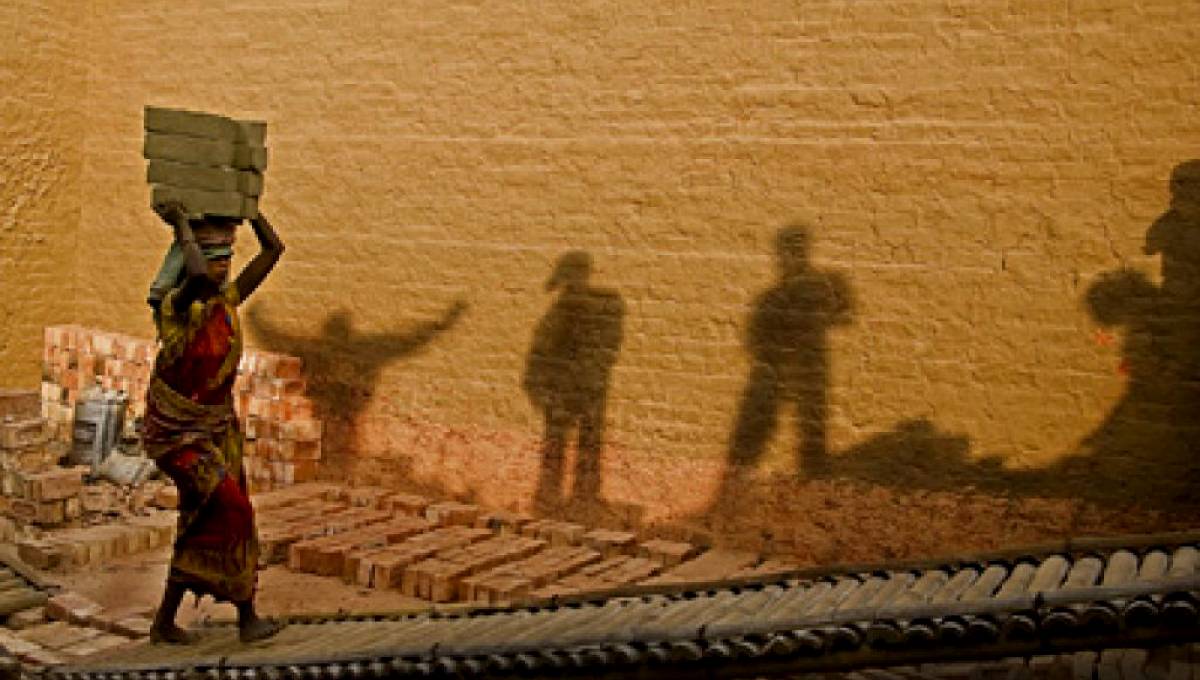Bangladesh top most gender equal country in S Asia

For the fourth time in a row, Bangladesh held its top most position among the countries of South Asia in ensuring gender equality, achieving 48th rank.
The country has slipped only one notch to the 48th position among 149 countries in the world, but is still ahead of all other countries in the continent except the Philippines, according to World Economic Forum's 'The Global Gender Gap Report 2018' published on Monday.
"Bangladesh consolidates its position as the region's top performer and breaks into the global Index top 5 on the Political Empowerment subindex this year, recording progress on closing its political gender gap, despite a widening gender gap in terms of labour force participation," said the report.
Its South Asian neighbours on the index are Sri Lanka on 100th position with 0.676 points, Nepal on 105th with 0.676 points India on 108th with 0.665 points while Pakistan was at the bottom (148th) scoring 0.550 point, ahead of only war-torn Yemen.
Iceland tops the list, followed by Norway, Sweden, Finland, Nicaragua, Rwanda, New Zealand, the Philippines, Ireland and Namibia.
Bangladesh has closed over 72 percent of its overall gender gap while Pakistan managed under 55 percent.
"With the exception of Bangladesh and Pakistan at either end of South Asia's regional table, gender parity outcomes are somewhat homogenous across the region," says the report.
It also warns that a widening gender gap in terms of labour force participation remains in Bangladesh.
The report praises Bangladesh in terms of political empowerment for 'recording progress on closing its political gender gap' but it adds the country is experiencing 'a widening gender gap in terms of labour force participation'.
Earlier in a report in September, the WEF said Bangladesh made improvements in creating equal opportunities for legislator, senior official and manager roles, as well as professional and technical roles.
The Global Gender Gap Report benchmarks 149 countries on their progress towards gender parity across four thematic dimensions: Economic Participation and Opportunity, Educational Attainment, Health and Survival, and Political Empowerment. In addition, this year's edition studies skills gender gaps related to Artificial Intelligence (AI).
